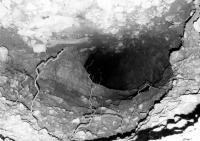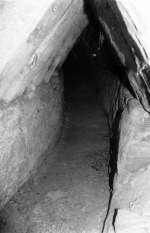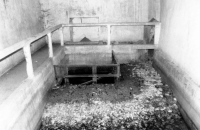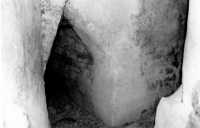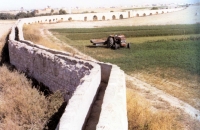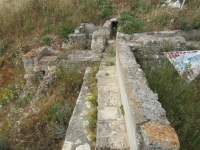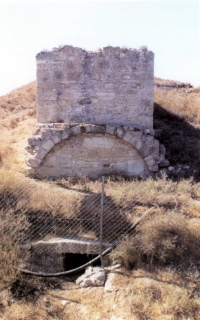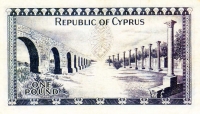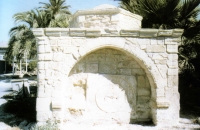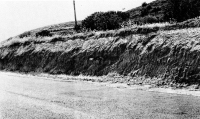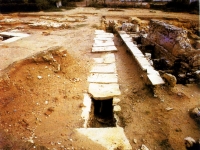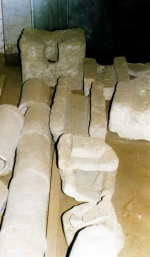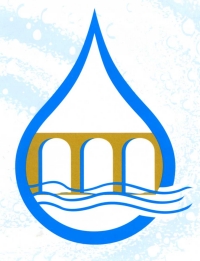
At the exit from Larnaka towards the Limassol highway you see the most grandiose arches (kamares) of the 15 kilometers long, 18th century aqueduct of Larnaka. For the traveler the old aqueduct of Larnaka offers a interesting challenge. Walking straight line from these 1st arches at about 2-3 kilometers you arrive at the 2nd arches and after a walk of almost the same distance, but having to pass the airport 'by-pass highway', you arrive at the 3rd and lowest arches. At this point you have to look for the old grain mill, which was working with the aqueduct's water. And then for almost 8 kilometers up to the river, the water channel becomes underground, but every 250 meters you can see the 'visiting wells' of this unbelievable project, which channeled the water of river Tremithos to Larnaka till the 1950's.



